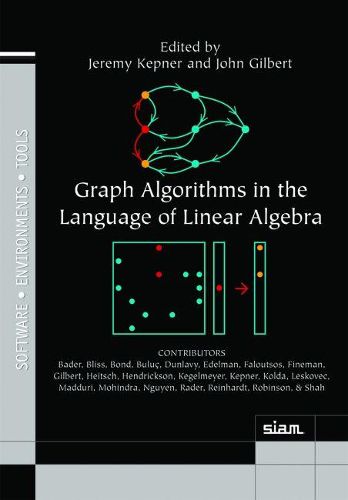Readings Newsletter
Become a Readings Member to make your shopping experience even easier.
Sign in or sign up for free!
You’re not far away from qualifying for FREE standard shipping within Australia
You’ve qualified for FREE standard shipping within Australia
The cart is loading…






The field of graph algorithms has become one of the pillars of theoretical computer science, informing research in such diverse areas as combinatorial optimization, complexity theory and topology. To improve the computational performance of graph algorithms, researchers have proposed a shift to a parallel computing paradigm. This book addresses the challenges of implementing parallel graph algorithms by exploiting the well-known duality between a canonical representation of graphs as abstract collections of vertices and edges and a sparse adjacency matrix representation. This linear algebraic approach is widely accessible to scientists and engineers who may not be formally trained in computer science. The authors show how to leverage existing parallel matrix computation techniques and the large amount of software infrastructure that exists for these computations to implement efficient and scalable parallel graph algorithms. The benefits of this approach are reduced algorithmic complexity, ease of implementation and improved performance.
$9.00 standard shipping within Australia
FREE standard shipping within Australia for orders over $100.00
Express & International shipping calculated at checkout
The field of graph algorithms has become one of the pillars of theoretical computer science, informing research in such diverse areas as combinatorial optimization, complexity theory and topology. To improve the computational performance of graph algorithms, researchers have proposed a shift to a parallel computing paradigm. This book addresses the challenges of implementing parallel graph algorithms by exploiting the well-known duality between a canonical representation of graphs as abstract collections of vertices and edges and a sparse adjacency matrix representation. This linear algebraic approach is widely accessible to scientists and engineers who may not be formally trained in computer science. The authors show how to leverage existing parallel matrix computation techniques and the large amount of software infrastructure that exists for these computations to implement efficient and scalable parallel graph algorithms. The benefits of this approach are reduced algorithmic complexity, ease of implementation and improved performance.